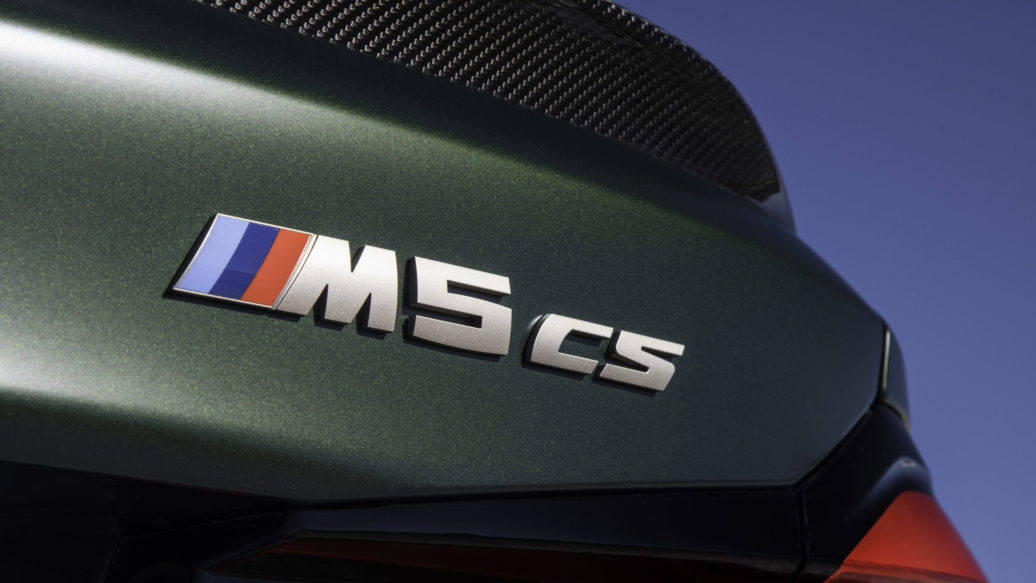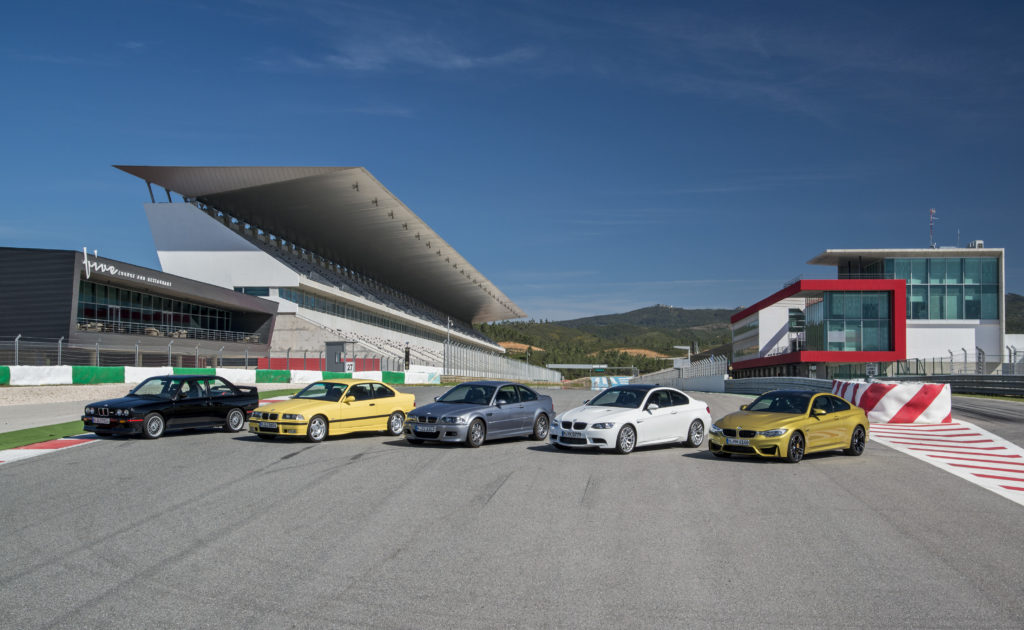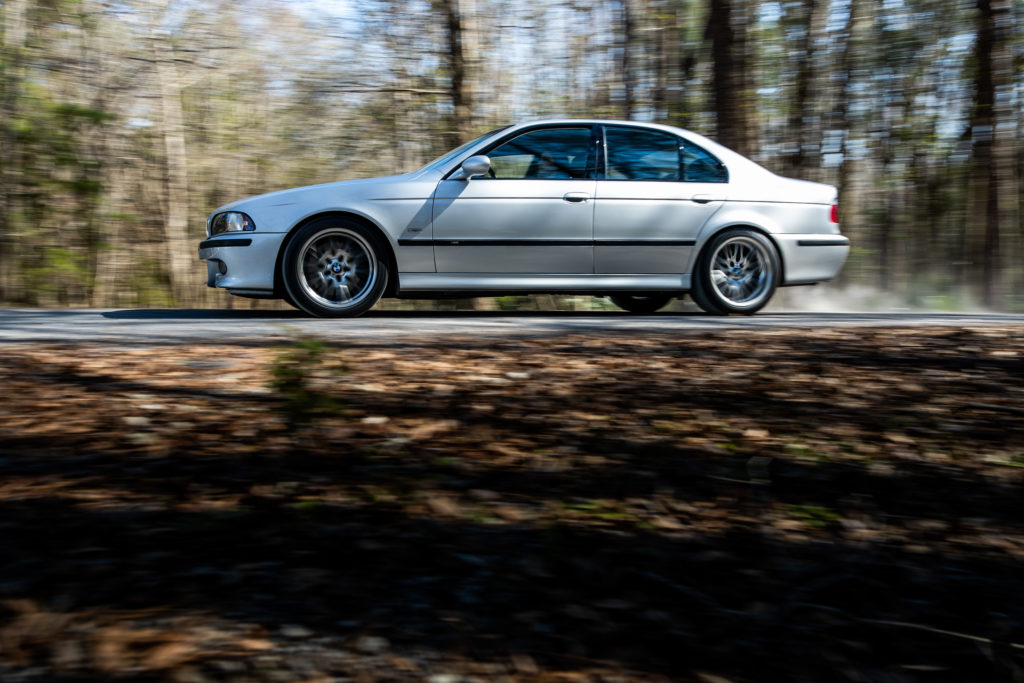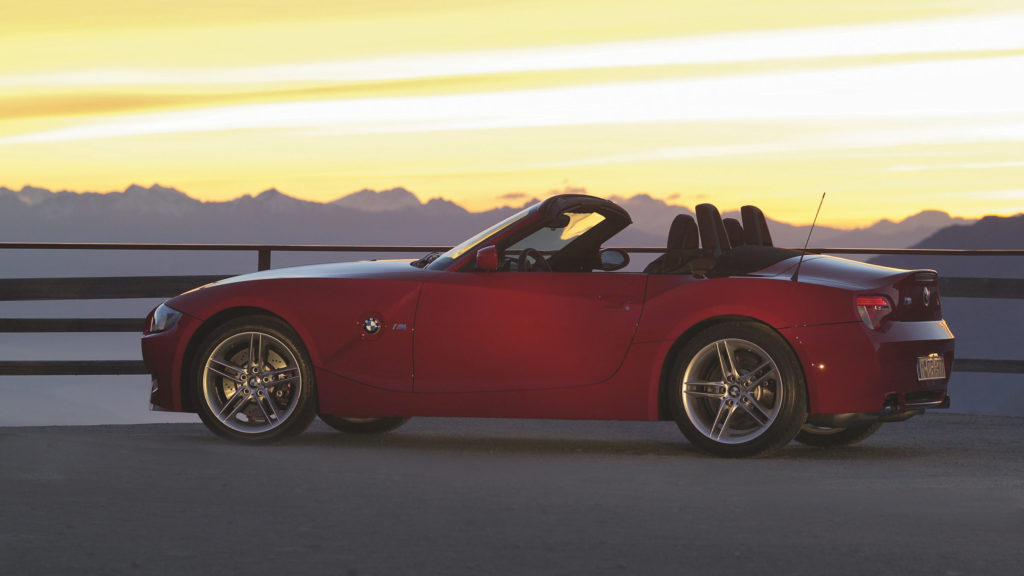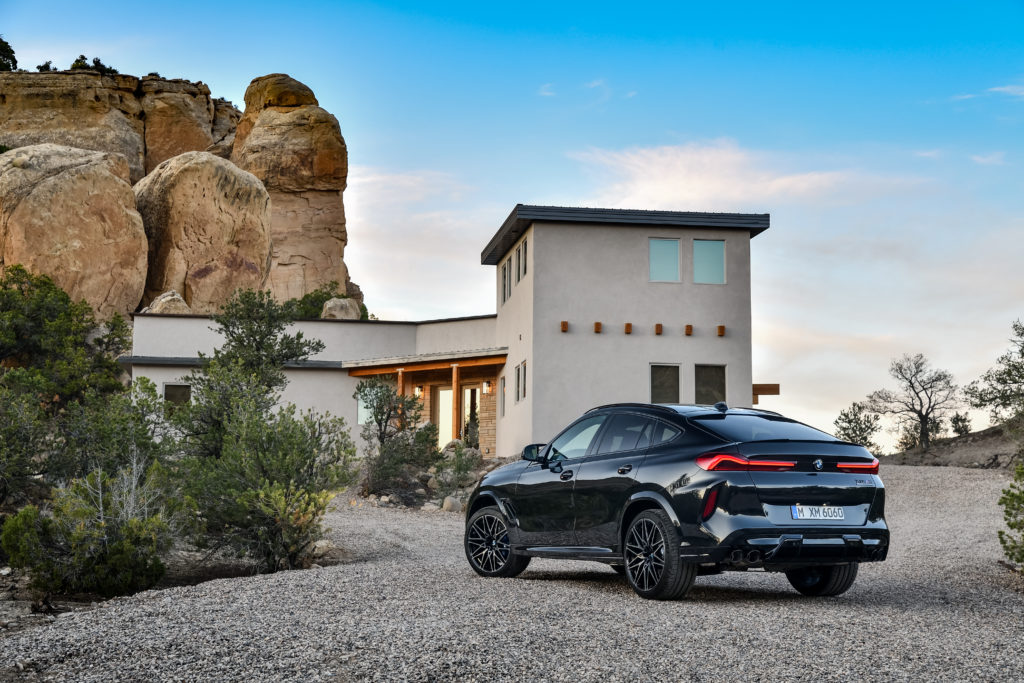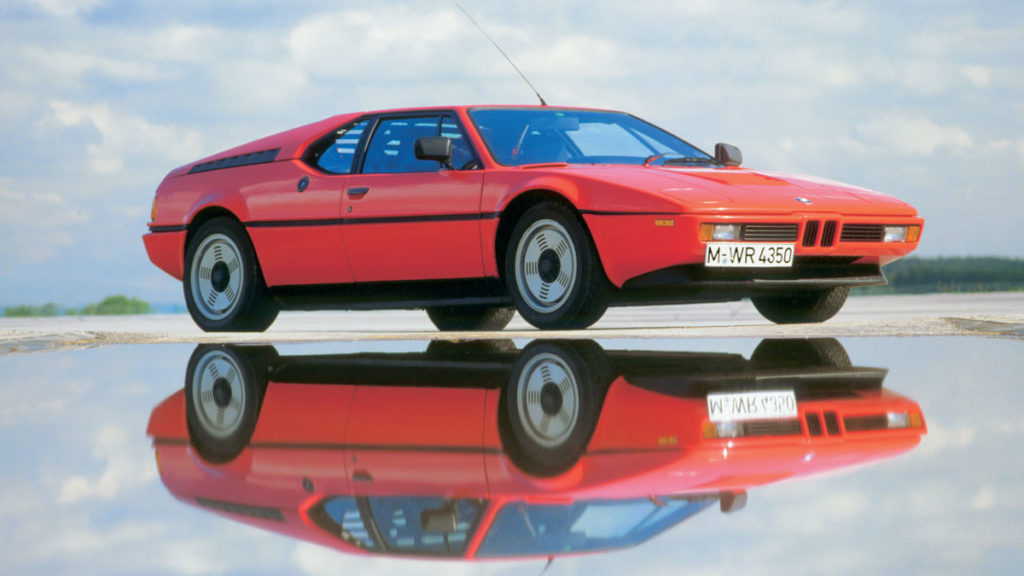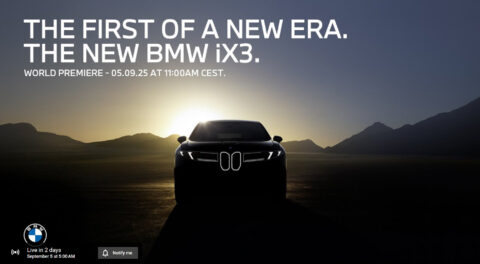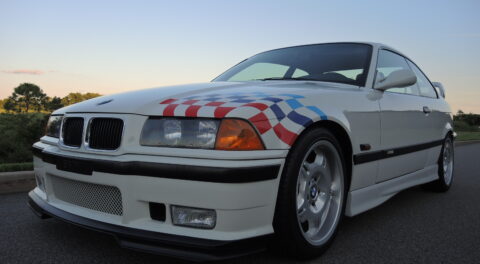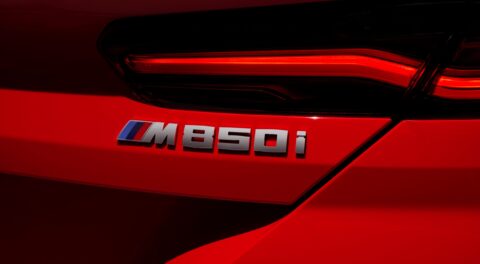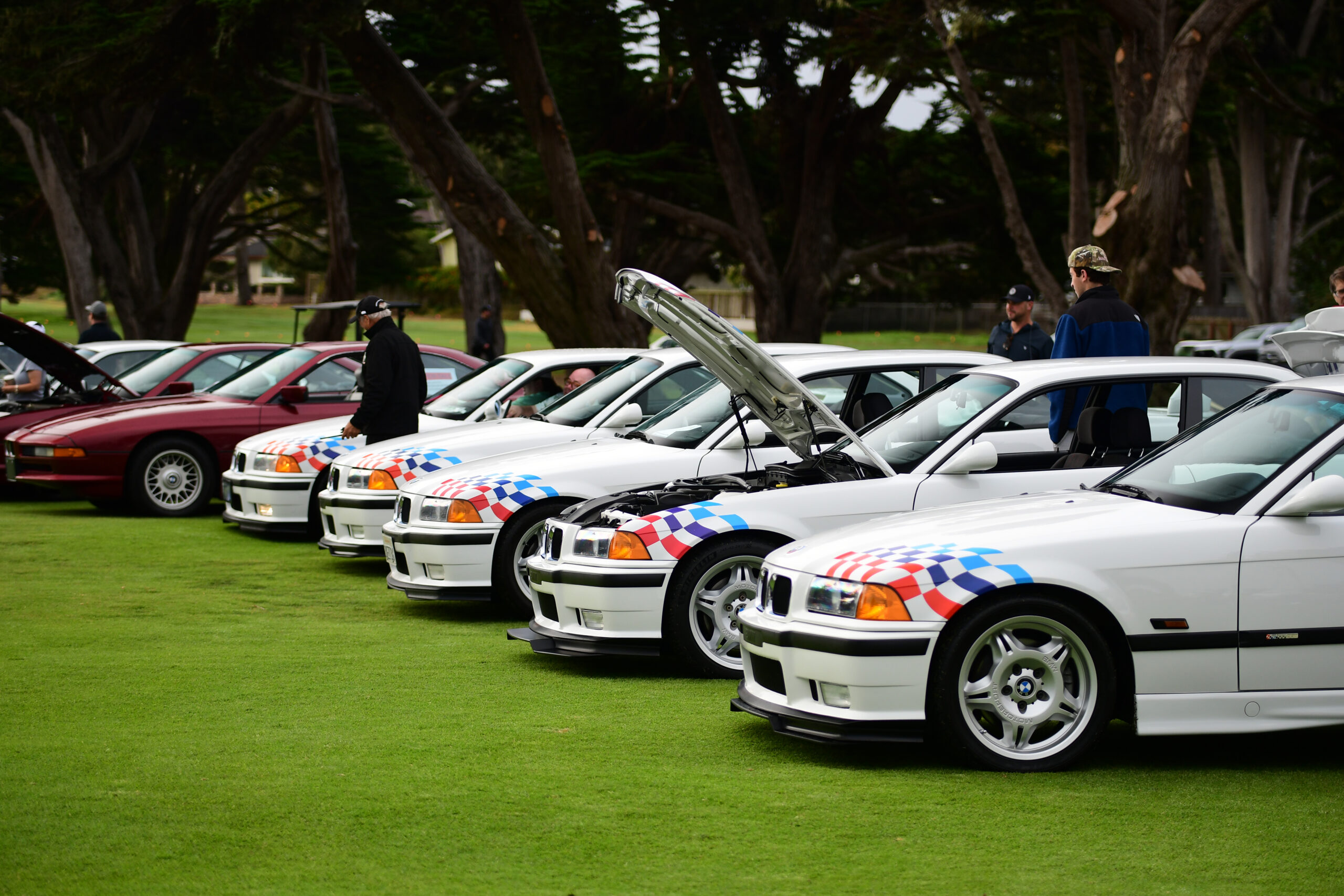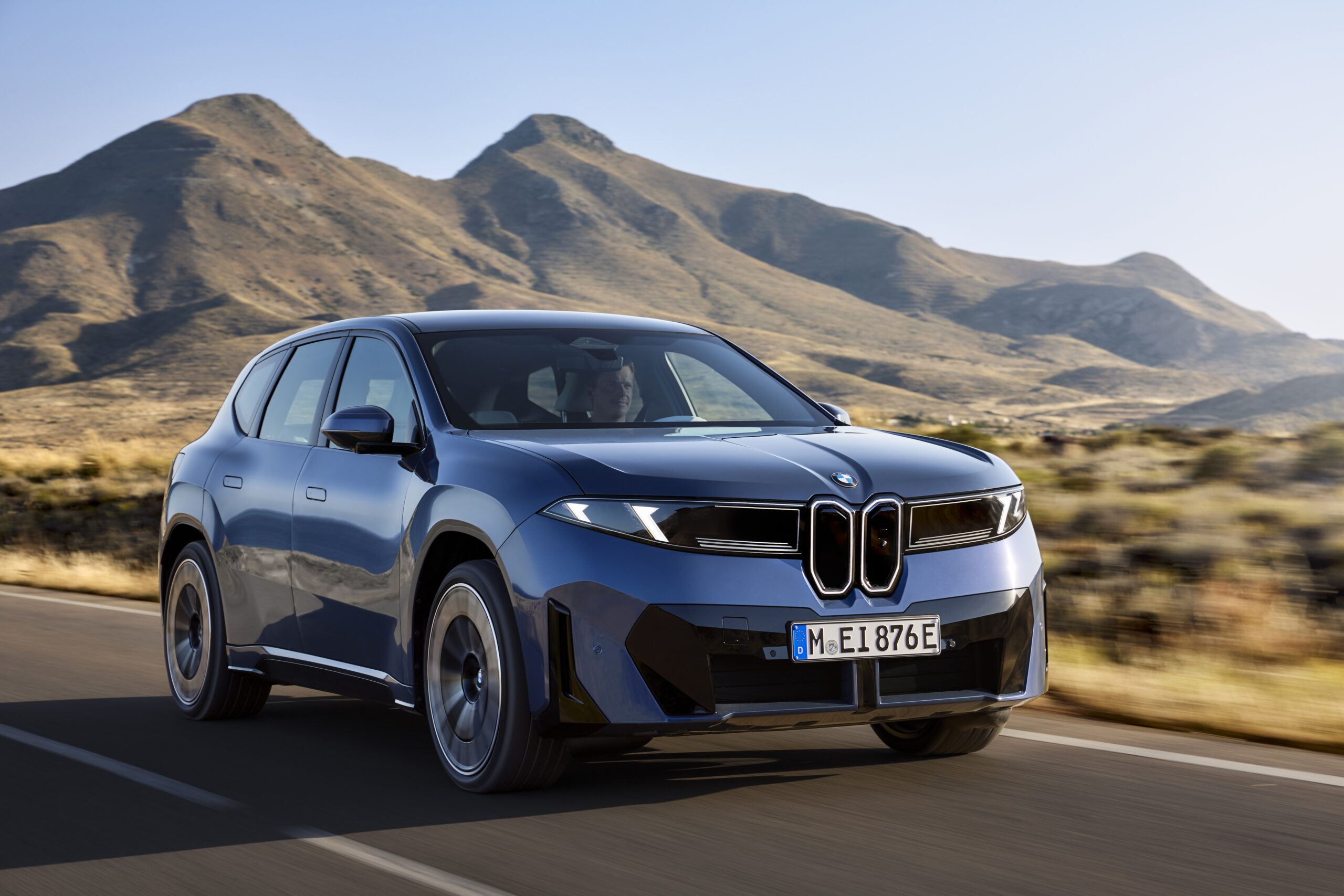BMW vehicles come in many forms these days. The lineup has been expanded far beyond the original core 3 Series, 5 Series, and 7 Series offerings, and M versions of nearly every series are introduced only a short while behind their tamer kin.
And then there are the “even more M” M versions.
Since its inception, the BMW M2—and now the M2 Competition—has been the most popular M-car model, but whether you attribute that to an attractive entry price or a superior driving experience, neither helps to answer the question at the top of this column. Indeed, the same question could also be applied to the entire BMW lineup: What is the ideal BMW?
But that question is just a bit too broad and subjective, although I continue trying to identify my ideal single-BMW solution. M cars are a different breed altogether, and there are more choices than ever before, ranging from that M2 Competition all the way across the model portfolio to the M8 Competition in various body styles.
Also, for the last few years BMW has lumped sales of M Performance models in with those of conventional M cars. But we’re on the subject of the ideal M model; although M Performance models are certainly worthy of your consideration—for many they actually represent the ideal BMW—they’re usually not what we’re referring to when we say M car. So let’s examine some of the various BMW M cars, and try to determine which one might most purely embody the tenets of M GmbH and its impressive heritage.
The Sport Sedan
The sport sedan is effectively the original BMW M car. A number of the first cars to wear the M badge, including the M535i, M3, and M5, all fit into this category, although more recent generations of both the M3 and M5 are now more accurately described as executive super-sedans, a segment that I’ll explore next.
The sport sedan has long been BMW’s core competence in terms of brand specialty. It wasn’t always this way, but since the arrival of the Neue Klasse in the 1960s, which melded the ideas of practicality and a fun driving experience, BMW hasn’t stopped trying to perfect the formula. There are a number of M models both new and old that hold true to the sport-sedan mantra that BMW was instrumental in popularizing, including the first four generations of the M3 (before things got too big with the F80).
Yes, I’m including two-door examples in this sport-sedan segment, because that’s exactly what many of BMW’s coupes are: Two-door sedans, origins for which can be traced back to the 02 class.
Any BMW M car which falls into the sport-sedan segment is a strong candidate as the ideal M car, but if I had to settle on just one, it would be the E90 M3. Although it doesn’t have an inline six, the fourth-generation M3 was offered in true four-door sedan form. Its design is aging well, the practicality of the platform speaks for itself, and the S65 V8 is one of the best BMW engines of all time. Some of the runners-up include the E36 M3 sedan with a five-speed manual—known affectionately as the M3/4/5—and its spiritual successor, the E46 330i ZHP, but with the added flair of an S54 M inline six beneath the hood.
The Executive Super-Sedan
The executive super-sedan is another specialty of BMW, and although they arrived a short time after the first sport-sedan M cars, BMW has never stopped trying to perfect the concept. The true icon of this group is the E39 M5, but there are plenty of other examples that fit the bill, including the E34 M5, which was effectively there first to set the standard. Every other generation of M5, including the current F90, works as well, with breathtaking performance that challenges most supercars.
That’s the genius of BMW’s M cars, including this segment and the previous sport sedan category: They’re almost always based on conventional production models, but with performance that punches well above their given weight class. This was true of the first M5, which could keep pace with the Porsche 930 Turbo and V8 Ferrari models of the day, and it’s also true of the latest model, which runs with Lamborghinis and other exotics with fewer doors, fewer seats, and higher sticker prices.
Narrowing it down to just one BMW executive super-sedan is tough, because it’s a tossup between the best and the latest. The E39 M5 is a paragon in the halls of BMW, and could easily be the ideal M car; it has the impeccable driving experience, iconic design, impressive capability, luxury, and practicality to make it all happen, and it’s no mystery why well-preserved models sell for so much these days.
On the other hand, the incredible performance of the F90 M5, whether in Competition or CS trim, is also hard to ignore. The F90 M5 CS has been described as one of the best BMW models in a long time according to numerous journalists, and the driving experience is a big part of what makes it so special.
The Roadster
Ah, yes: the M roadster. To the uninitiated, or those concerned with all-out speed, capability, and performance, the modern array of BMW roadsters may be easy to overlook. To those concerned with the driving experience above all else, however, there are few better cars. BMW’s roadster history dates back to the company’s prewar days, when the 328 was racking up more than 100 class wins, with highlights that include an overall Mille Miglia victory in 1938, and a fifth-place Le Mans finish (and first in class) in 1939. The 328 also proved particularly competitive long after its golden age, and was still a practical racer in the late 1940s and early 1950s.
The modern BMW roadster is special and unique within the lineup, often using parts and design elements not found on any other model in the portfolio. There have only been two true BMW M roadsters, the Z3 and the E85 Z4, but the current Z4 M40i M Performance model is also excellent, and so was its BMW Performance predecessor, the Z435is. The latter of those two could be had with the rare combination of the N54 engine and DCT, which was only otherwise found on the E92 335is.
The latest Z4 is the most powerful yet, but the real reason many find the Z4 and the predecessor Z3 so attractive is the driving experience—especially with the top down.
Picking my ideal M car in roadster form is easy: It’s the Z4 M roadster sold from 2006 to 2008. Its design can now be considered timeless, the S54 engine represents the absolute pinnacle of the atmospheric BMW inline six, a six-speed manual is the sole drivetrain choice, and the driving experience is second to none in the entire BMW lineup. These cars are surprisingly practical in terms of how much the seemingly small trunk can swallow up, and the steering and connection with the road are unmatched. I’ve been searching for the right one for a while, but haven’t come across it yet. (And Satch isn’t selling his!)
The All-Arounder
If you’re looking for one BMW M car in which to do it all, the advent of models such as the X5 M, X6 M, X3 M, and X4 M has been a blessing. These light trucks, as they are classified by the U.S. Government, come with everything you need, and then some.
BMW has been building a performance SUV—or SAV, as the corporation prefers it—since the very first X5. Don’t believe it? Just read the original Roundel feature covering the model. Things were expanded with a specific tilt toward performance with the E53 X5 4.6is and subsequent 4.8is, and during the production run of the second-generation platform referred to as the E70, the X5 M (and X6 M) were introduced. I didn’t think anyone actually needed such a vehicle back then, and I’ll admit that it took me years to see what BMW was onto so early in the game. I have no problem admitting I was dead wrong, however, and the following boom of performance SUV sales, and SUV sales in general, have proven me so. Subsequent iterations of the X5 M and X6 M, both of which are now available in their third generations, along with the addition of the X3 M and X4 M to the lineup, simply represent more evidence.
The ideal M car in SAV or SAC form comes down to either the current X5 M or X3 M. Both are incredible in terms of performance and speed, and although I really don’t need any more than what the X3 M offers, I’d have a hard time forgoing the split tailgate of the X5 M. The 617 horsepower of the X5 M Competition also seems like it would make up for the additional mass of the larger model.
The Stand-Alone Icon
The final category is that of the stand-alone BMW M car. This one is a bit tougher than the rest, because BMW has really only ever made one of them: The BMW M1, produced from 1978 until 1981, with 481 units resulting. I’ve loved the M1 ever since the first time I saw one, but the car is not without its shortcomings, like traumatic ergonomic discomfort. These aren’t exclusive to the M1, and are relatively common in the world of supercars and exotics, particularly those from its era, but none of that has ever made the M1 undesirable in my mind. It’ll come as no surprise when one sells for seven figures in the near future; there’s just nothing else quite like it in the pantheon of BMW.
While the M1 is exceptional, and I think it’s great that BMW used their potent, motorsport-derived M88 twin-cam inline six mounted amidship in the Giugiaro-designed wedge, I really wish that BMW would make something like what they teased a few years ago in the form of the Vision M Next. Among other innovations, the Vision M Next showed off BMW’s concept for spill-proof cup-holders, but that’s not why I’m drawn to the car. Its exotic nature, which promises world-class performance from just a quick glance at its captivating design, is what makes it enticing.
Unfortunately, that’s also what prevents a stand-alone M car from being the ideal M car. BMW’s best models, including its M models, have almost always been practical performers. They’re just as at home on a grocery run as they are traversing a twisted back road at speed. A stand-alone M car represents inherent compromise in a direction I just can’t humor, because I still live in the real world—there’s a reason why the Chevrolet Corvette has had the design requirement of being able to carry a couple of golf bags in the trunk for at least four generations now.
So, what is the ideal M car? If there’s one thing you might take away from reading this column, it’s that there really isn’t one ideal M car. But that’s not a shortcoming; instead, it’s the genius of the brand for which the term ideal might be applied to a wide variety of incredible vehicles.—Alex Tock
[Photos courtesy BMW AG.]

